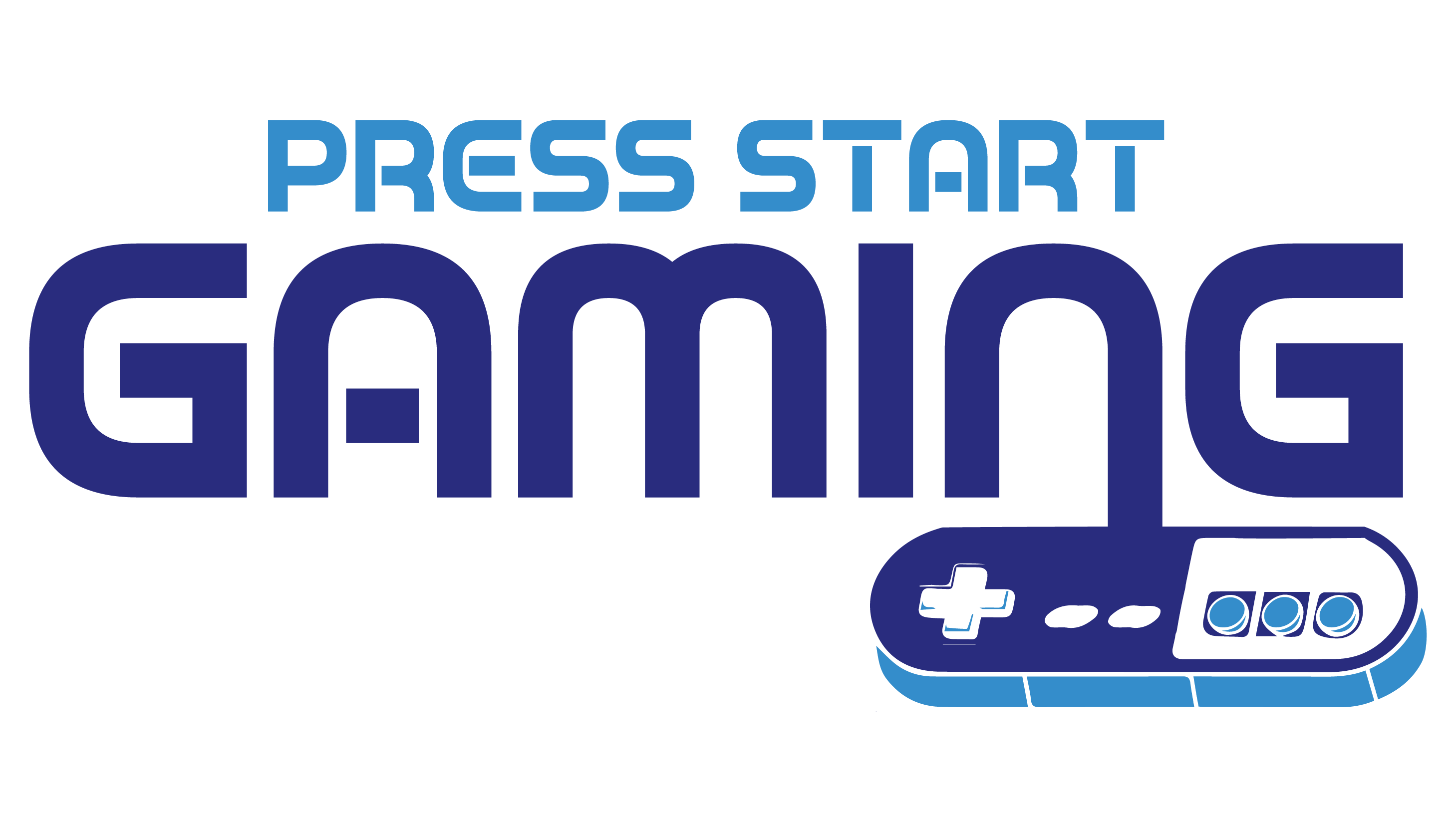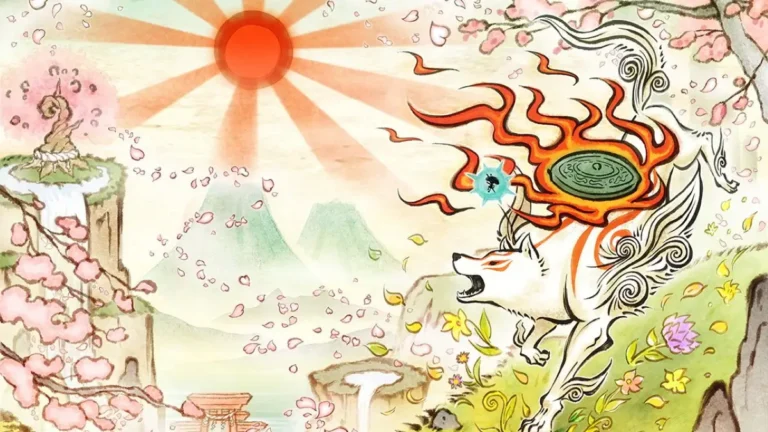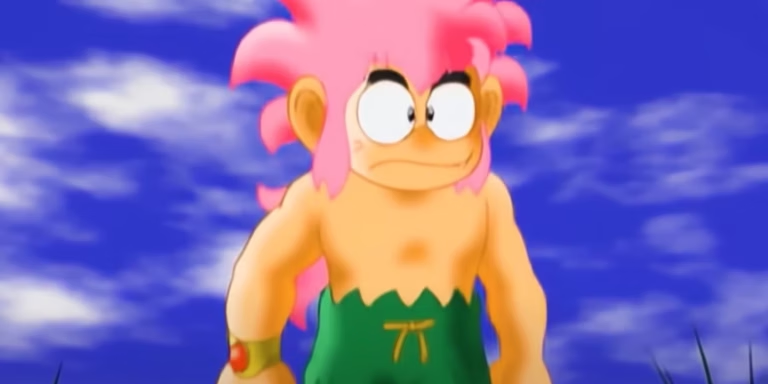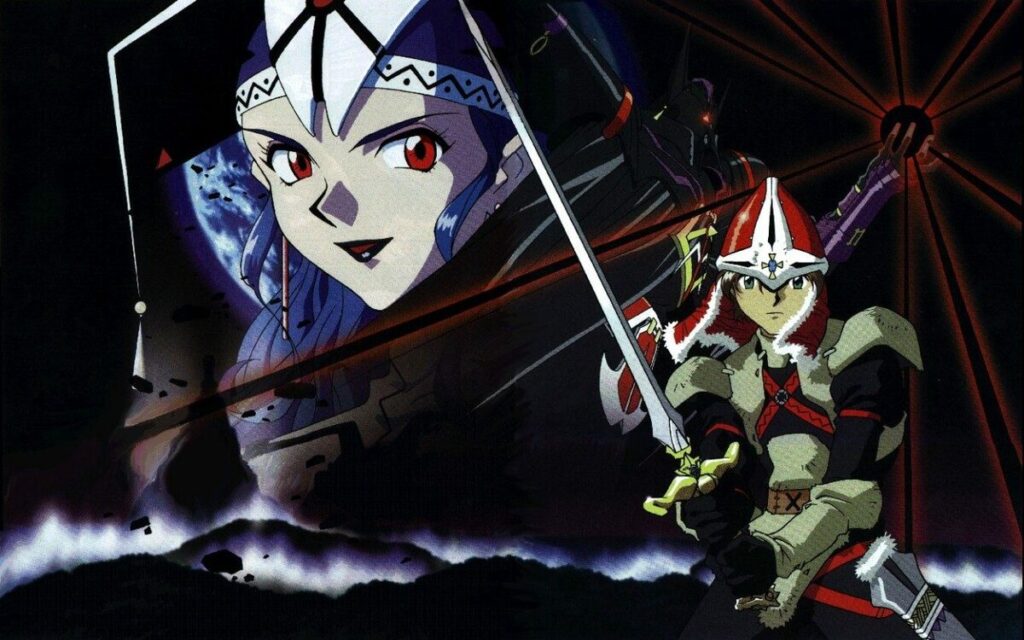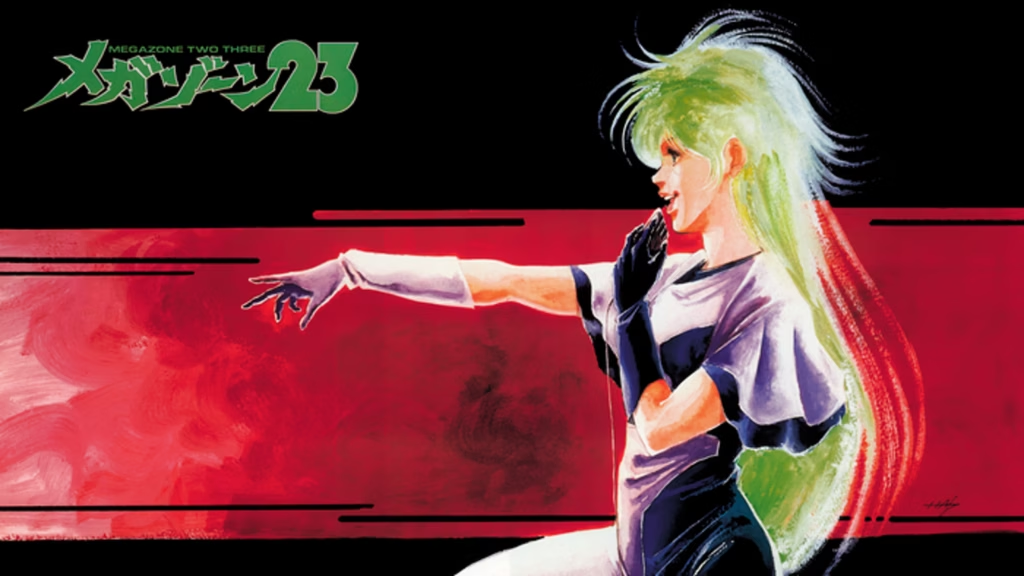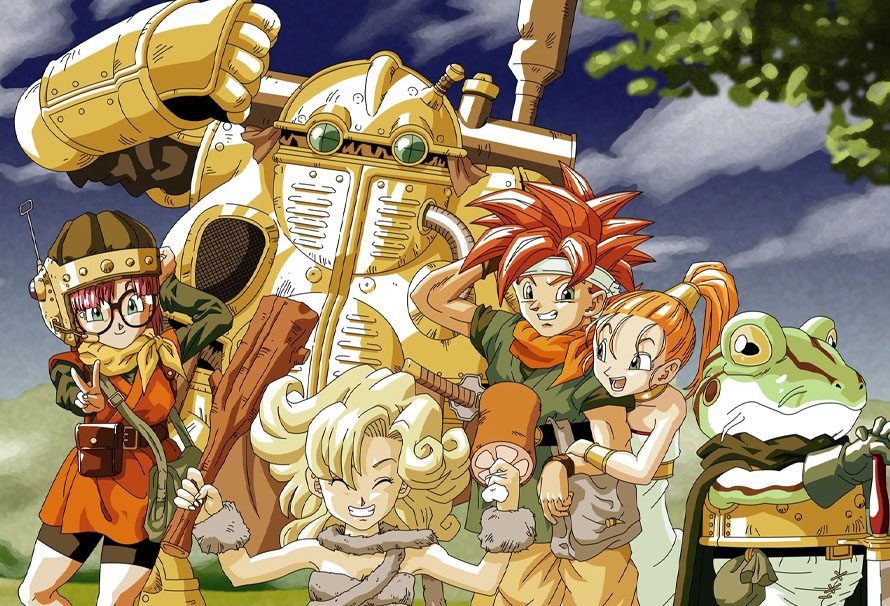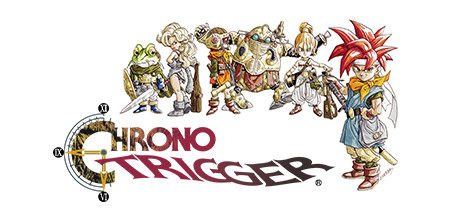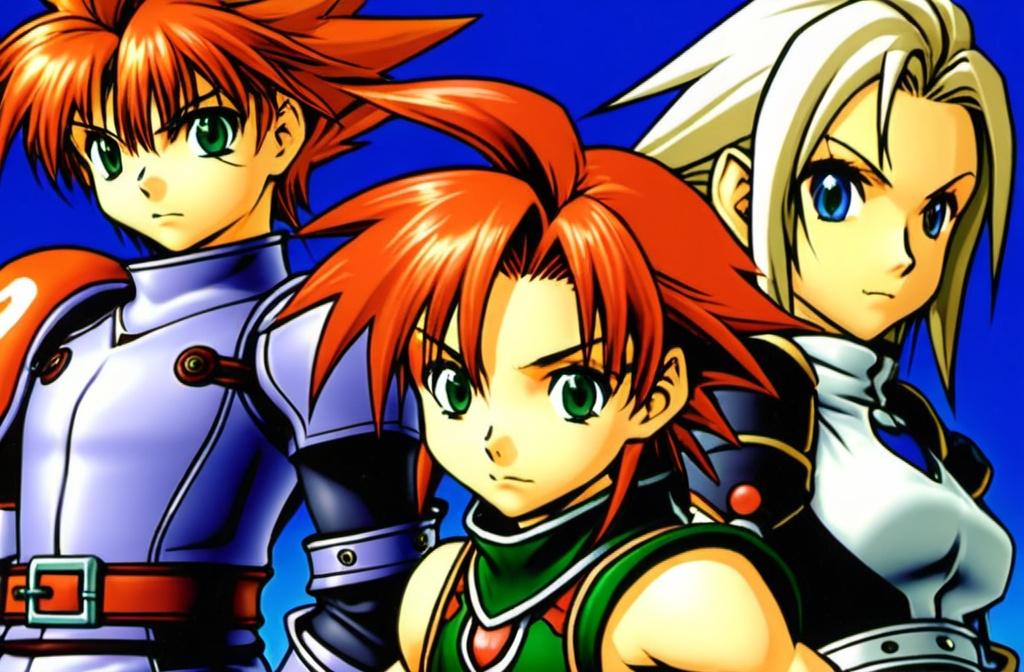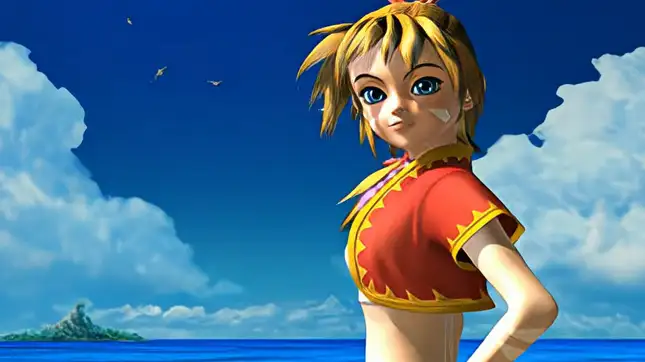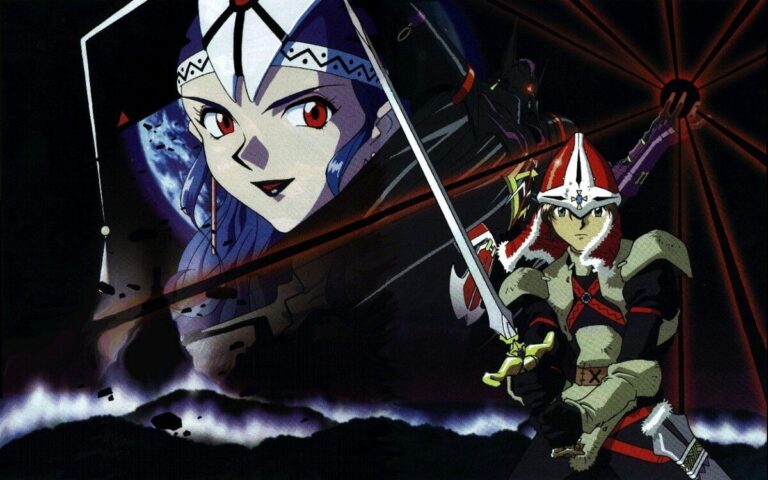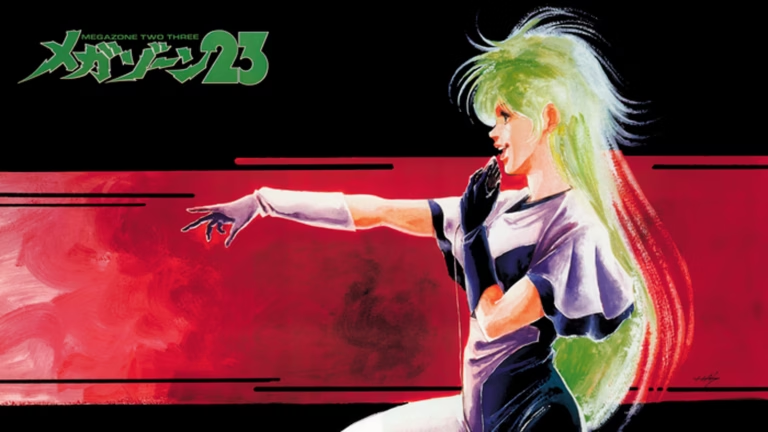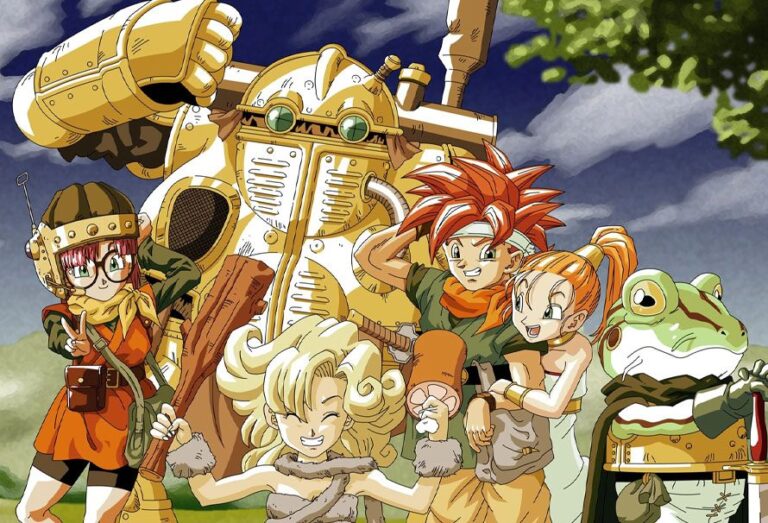Game data not found.
Story
Galaxy Force II transports players to a vibrant and expansive universe threatened by the oppressive Fourth Empire. This malevolent force seeks to dominate star systems, enslaving their inhabitants and exploiting planets for their resources. The United Planetary Federation, aware of the Fourth Empire’s overwhelming power, launches a desperate counteroffensive. As the player, you assume the role of an elite pilot tasked with infiltrating enemy territories, dismantling their operations, and ultimately bringing peace to the galaxy. The narrative, while straightforward, sets the stage for a high-stakes battle between freedom and tyranny, immersing players in a cosmic struggle that demands skill and bravery.
Gameplay
Galaxy Force II is an on-rails shooter, a genre defined by its linear progression and intense action sequences. Players pilot the advanced fighter ship, the TRY-X, through various hostile environments, each meticulously crafted to challenge their reflexes and strategic thinking. The game features six distinct stages, each with unique themes and challenges, ranging from lava flows and dense forests to cosmic voids and mechanized cities.
The core gameplay revolves around navigating these environments while engaging in relentless combat against waves of enemy ships and massive end-level bosses. The TRY-X is equipped with a powerful laser cannon and homing missiles, mechanisms that provide players with the necessary firepower to tackle the Fourth Empire’s formidable defenses. The controls are intuitive, allowing players to focus on maneuvering through the dynamic stages while managing their weaponry effectively.
One of the defining features of Galaxy Force II is its energy management system. The TRY-X’s energy depletes over time and is further diminished by enemy attacks. Players must skillfully balance their offensive and defensive strategies to conserve energy while advancing through each level. Energy can be replenished by collecting specific power-ups scattered throughout the stages, adding an additional layer of strategy to the gameplay. This system not only heightens the tension but also encourages players to master the intricacies of each level to optimize their performance.
Graphics and Sound
Galaxy Force II was a technological marvel upon its release, pushing the boundaries of what arcade hardware could achieve in the late 1980s. The game’s graphics are characterized by their vibrant colors and intricate details, bringing each level to life with a distinct aesthetic. The use of sprite-scaling techniques creates a pseudo-3D effect, allowing for smooth transitions and immersive environments that were groundbreaking at the time.
The visual design is complemented by an equally impressive soundscape. The game’s soundtrack, composed by Koichi Namiki and Katsuhiro Hayashi, is a collection of adrenaline-pumping tracks that enhance the game’s fast-paced action. Each stage is accompanied by its unique theme, designed to reflect the mood and atmosphere of the environment, providing an auditory experience that is both engaging and memorable.
Sound effects play a crucial role in conveying the intensity of combat. The roar of laser fire, the explosion of enemy ships, and the ambient sounds of the cosmos are all meticulously crafted to immerse players in the high-stakes world of Galaxy Force II. Together, the graphics and sound create an audiovisual experience that captivates and enthralls players from start to finish.
Legacy and Reception
Upon its release, Galaxy Force II received widespread acclaim for its innovative use of technology and its exhilarating gameplay. It was lauded for its stunning visuals and immersive sound design, both of which set new standards for arcade games of the era. The game’s challenging yet rewarding mechanics resonated with players, earning it a dedicated following and cementing its status as a classic in the arcade shooter genre.
Over the years, Galaxy Force II has been re-released on various platforms, including home consoles and digital services, allowing new generations of players to experience its timeless appeal. The game’s influence can be seen in subsequent on-rails shooters, inspiring developers to push the boundaries of technology and creativity in their designs.
Despite the passage of time, Galaxy Force II remains a benchmark of excellence in game design. Its combination of thrilling gameplay, stunning visuals, and dynamic sound continues to captivate players, making it a beloved title that stands the test of time.
Conclusion
Galaxy Force II is more than just a game; it is a testament to the creativity and ambition of its developers. Its impact on the gaming industry is undeniable, setting new standards for graphics and sound while delivering an unparalleled gameplay experience. As players continue to explore the cosmos in the TRY-X, they are reminded of the game’s enduring legacy and its pivotal role in shaping the future of interactive entertainment. Galaxy Force II is not only a masterpiece of its time but also a beacon of inspiration for future generations of game developers and players alike.
